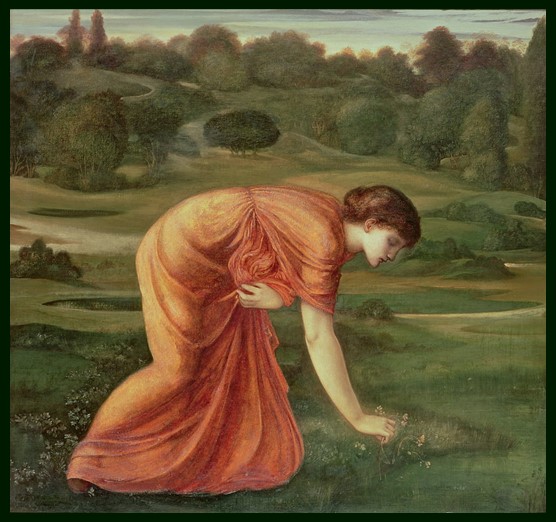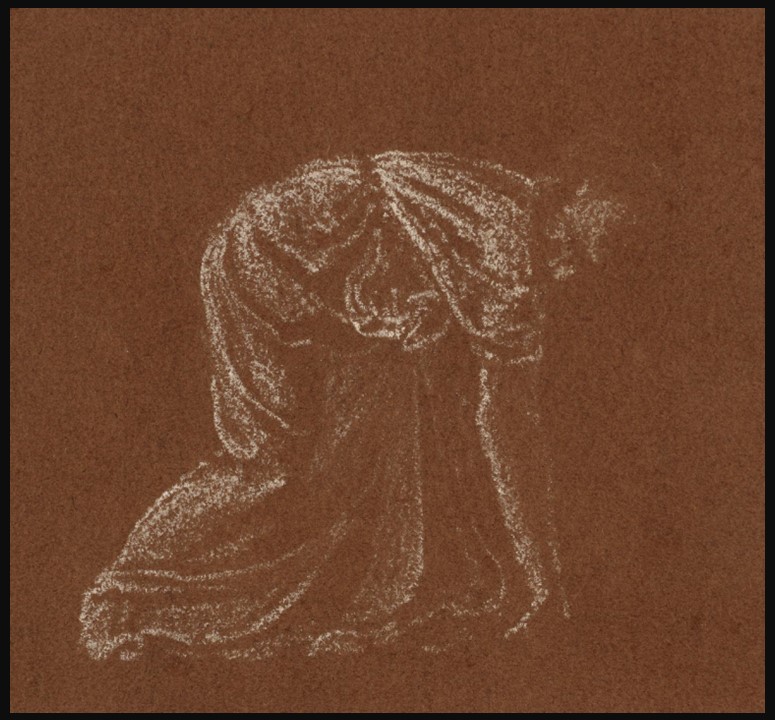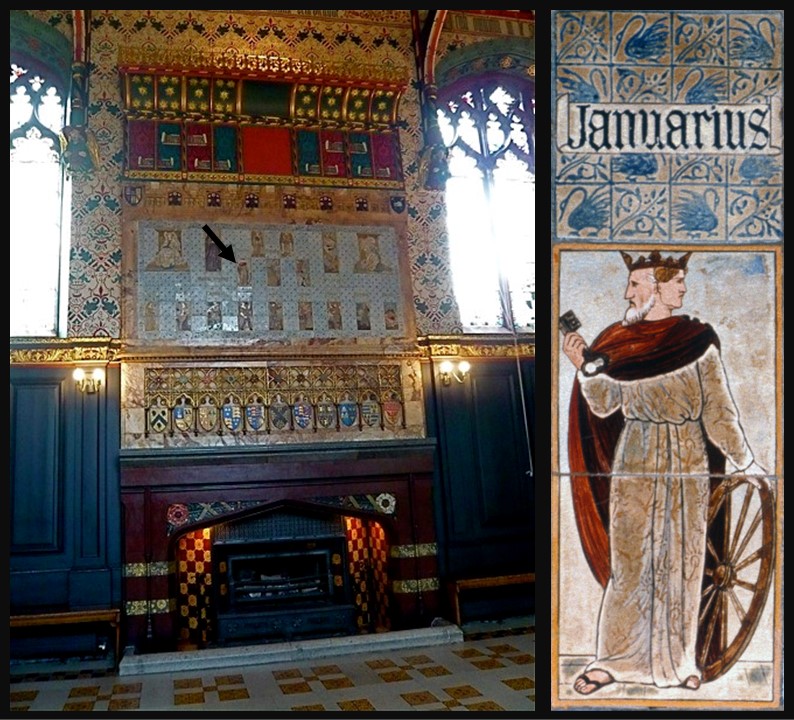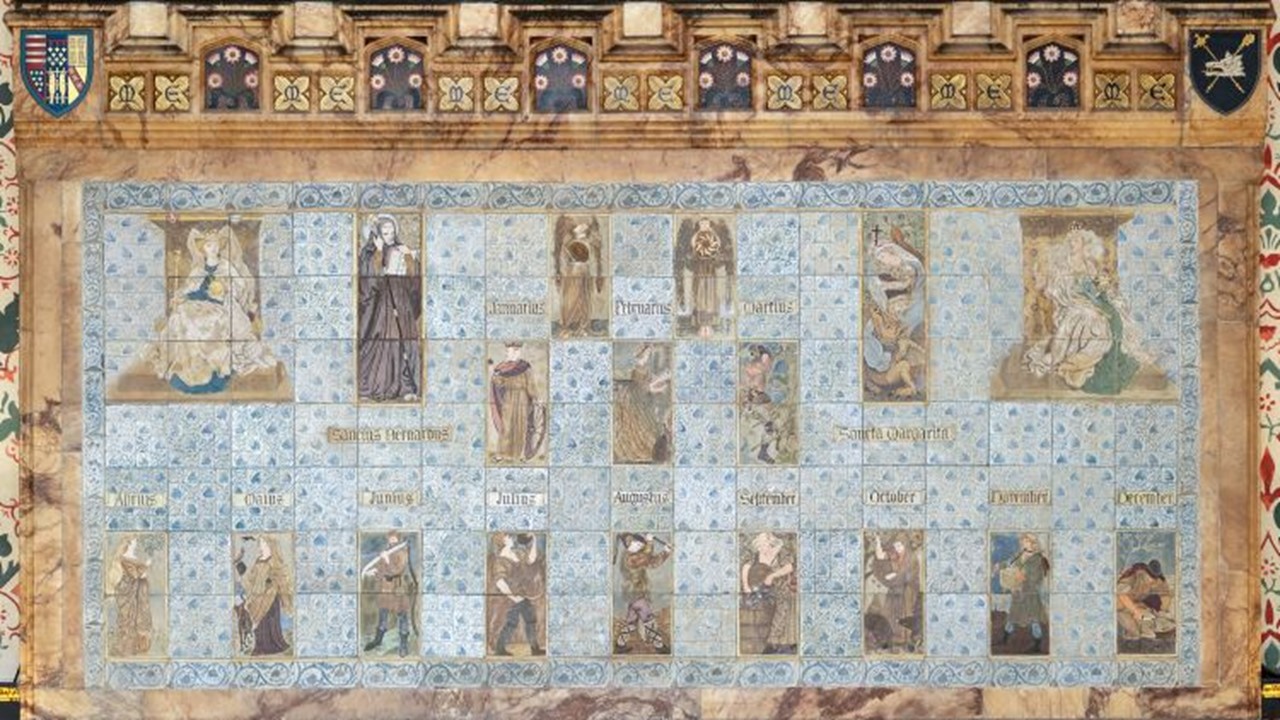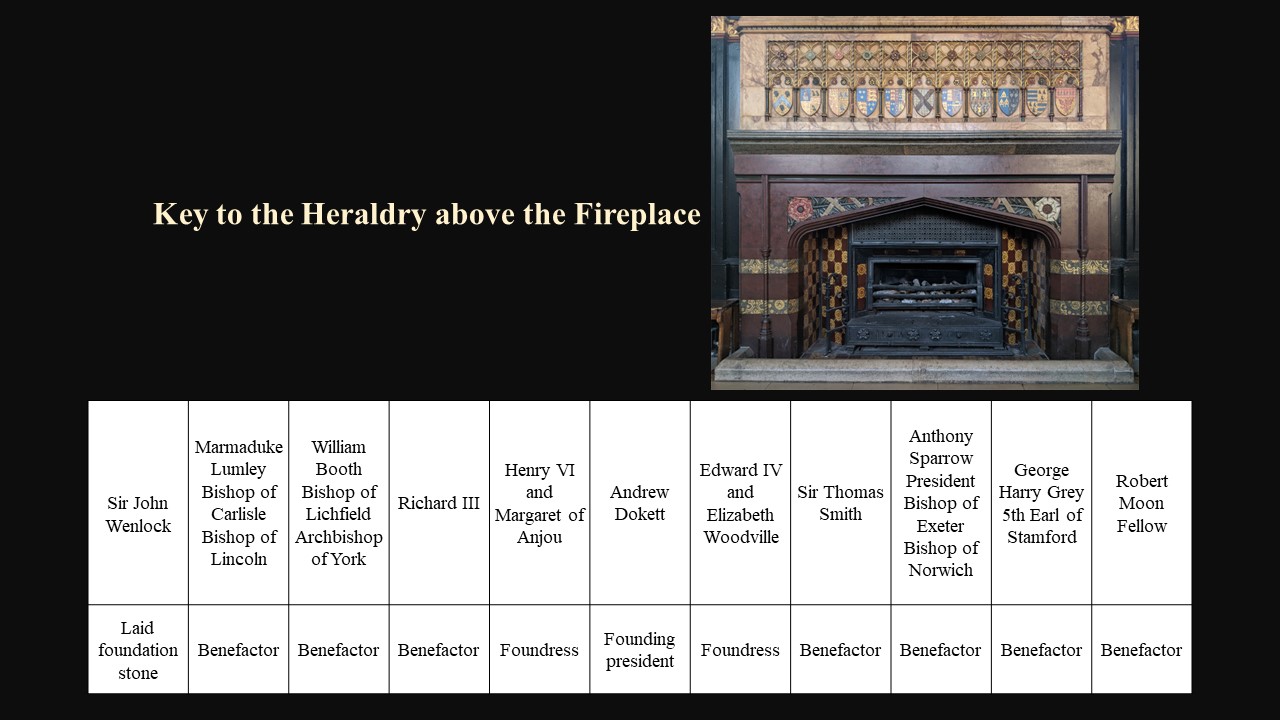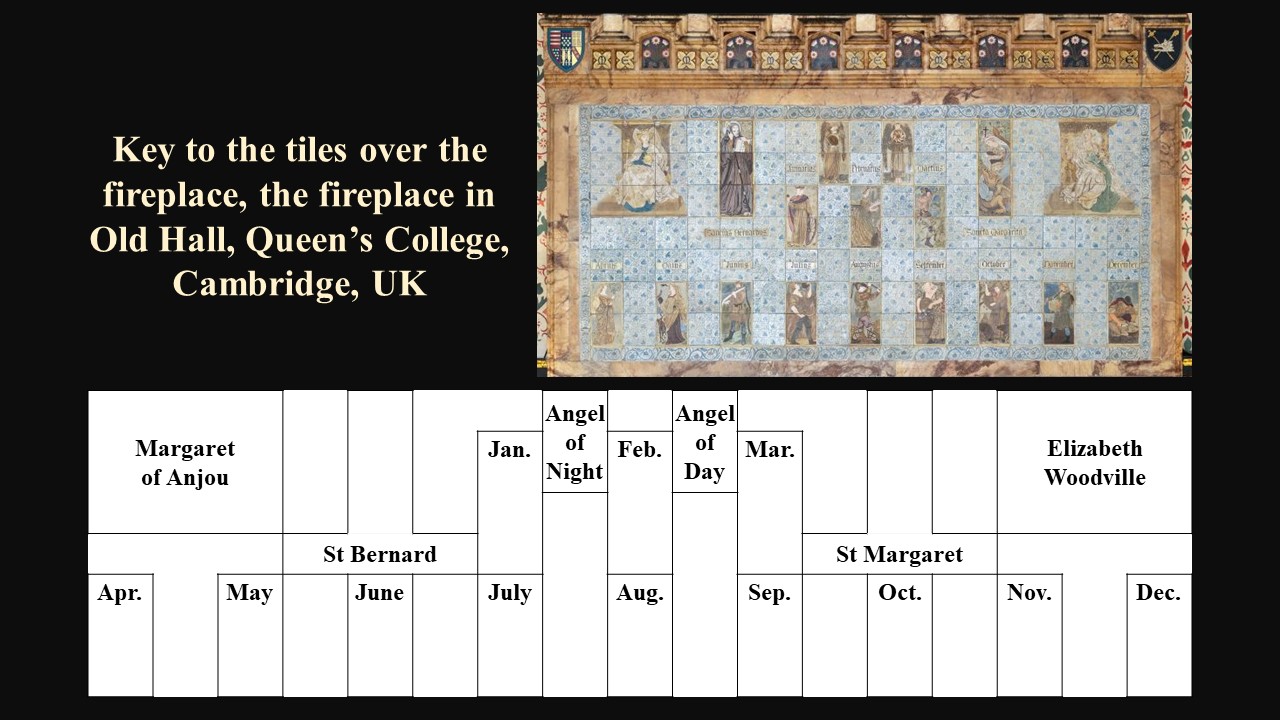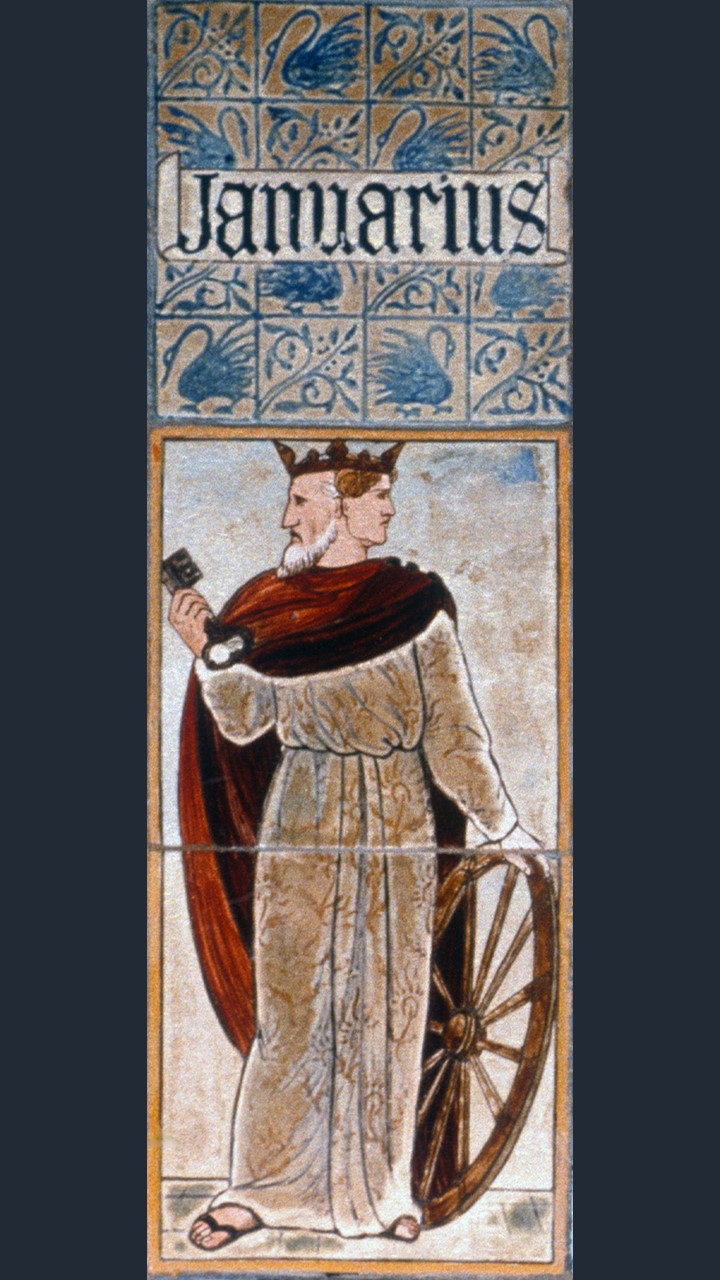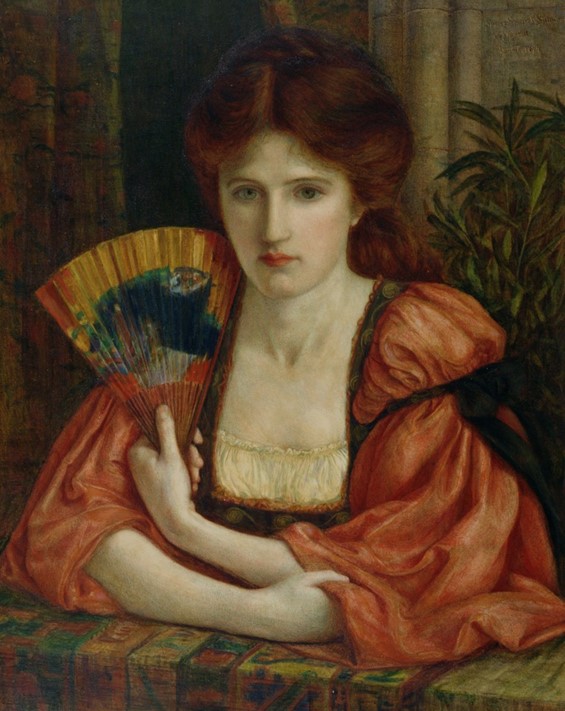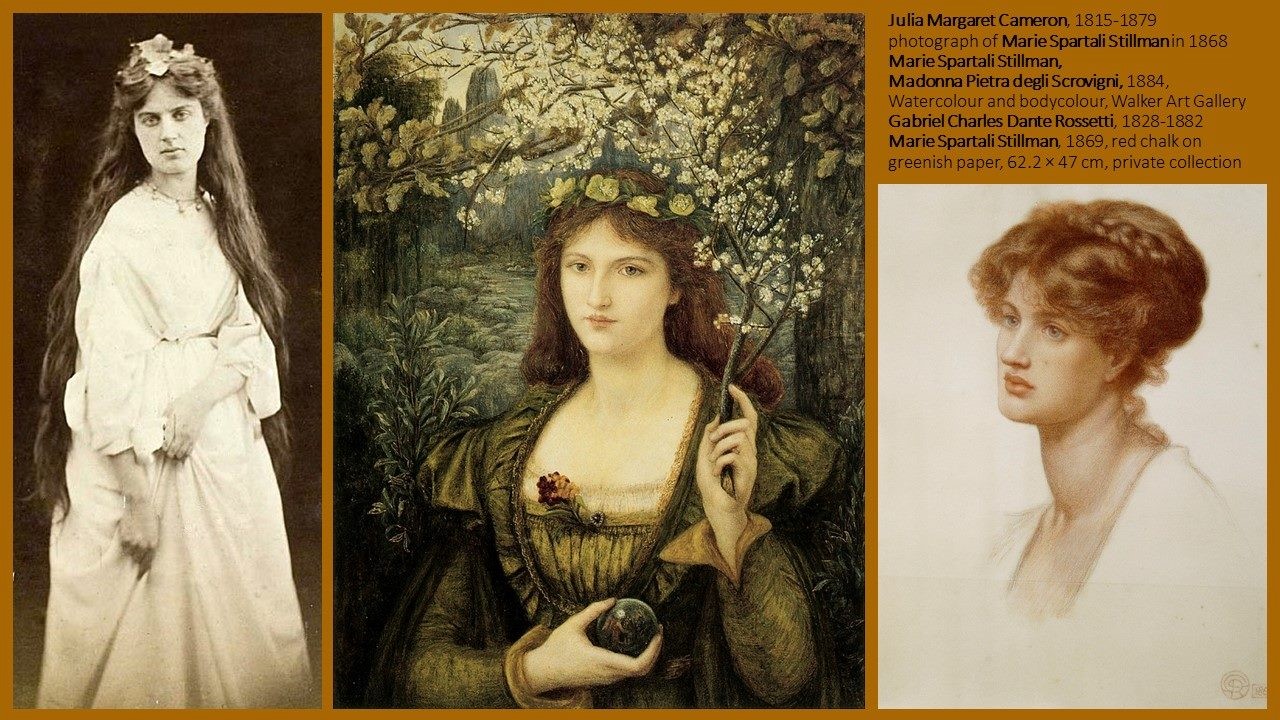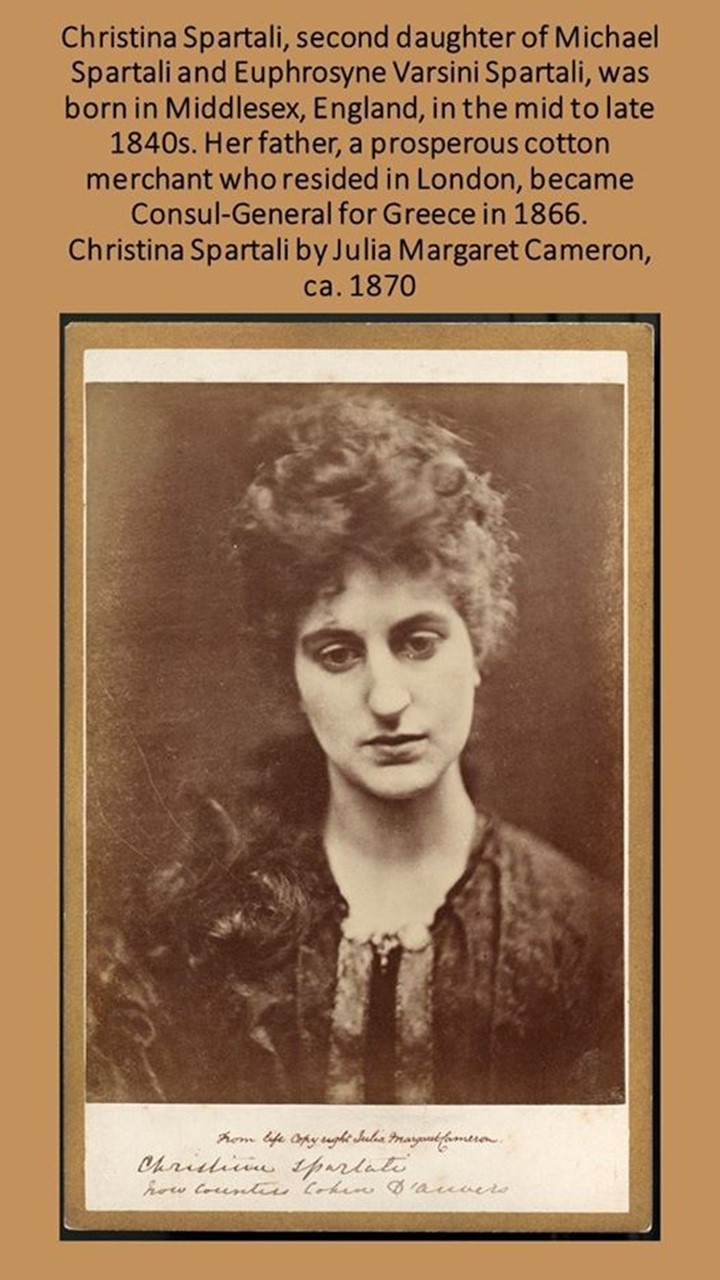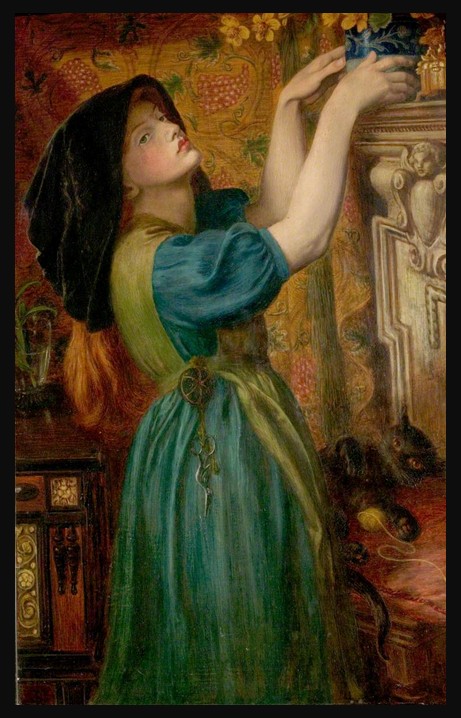
Marigolds or Bower Maiden, 1873, Oil on Canvas, 114.3 x 73.66 cm, Nottingham Castle Museum and Art Gallery, UK https://useum.org/artist/Dante-Gabriel-Rossetti
When Dante Gabriel Rossetti introduced Marigolds (also known as The Bower Maiden) to his patron Frederick Leyland in 1874, he described it as ‘modern and naturalistic,’ portraying ‘a young girl (fair) in a tapestried chamber, with a jar containing marybuds (or marsh marigolds, the earliest spring flowers here), which she is arranging on a shelf. Near her is a cat playing with a ball of worsted.’ Rossetti emphasized that the picture was painted directly from nature, its freshness recalling his Veronica Veronese, and he believed it would be ’a general favourite.’ The marigolds at the heart of the composition, however, reach beyond decorative charm. They resonate with Robert Graves’s lines: ‘Look: the constant marigold / Springs again from hidden roots. / Baffled gardener, you behold / New beginnings and new shoots.’ Just as Graves praises the flower’s irrepressible return, Rossetti’s painting transforms the simple act of arranging spring blossoms into a quiet meditation on renewal, resilience, and the enduring vitality of nature and beauty. https://allpoetry.com/poem/8502277-Marigolds-by-Robert-Graves
The symbolism of the marigolds is crucial to Rossetti’s vision. In Victorian floriography, the flower carried a dual meaning, mourning and sorrow on the one hand, resilience and renewal on the other. Graves captures this duality when he writes, ’Pull or stab or cut or burn, / They will ever yet return.’ The marigold, with its golden bloom emerging each spring, becomes an emblem of endurance in the face of loss, a reminder that life continually pushes back against decay. Rossetti, painting at a time when he himself was burdened by ill health and emotional strain, may have found in the marigold a quiet metaphor for persistence, allowing his art to embody the same cycle of return that Graves’s poem celebrates.
Equally striking is the painting’s sense of domestic immediacy. Rossetti was quick to assure Leyland that Marigolds was ‘modern and naturalistic,’ and indeed, the scene eschews lofty allegory for the intimacy of daily life: a young girl carefully placing blossoms in a vase, a cat playfully tangling with a ball of worsted, the faded richness of tapestried walls. This balance between realism and symbolism reflects Rossetti’s fascination with beauty as both ordinary and transcendent. By anchoring the marigolds within a recognisable domestic setting, he elevates a fleeting household moment into a meditation on permanence, underscoring how even the simplest gestures can carry the weight of renewal.
At the heart of Marigolds is ‘Little Annie,’ the daughter of the Kelmscott Manor gardener, who occasionally assisted in the house. Painted at Kelmscott in the spring of 1873 and finished in early 1874, the work captures Annie in a simple hood typically worn for housework, as she carefully places a vase of marigolds on the mantle shelf in the Green Room. Rossetti gave the painting several titles, The Bower Maiden, Fleur-de-Marie, and The Gardener’s Daughter, each emphasizing the domestic intimacy of the scene. Annie’s youthful poise and attentive gestures transform this ordinary task into a moment of quiet dignity, reinforcing the painting’s themes of care, renewal, and the persistent beauty of life.
This domestic setting also mirrors Rossetti’s own preoccupations during the early 1870s. He was navigating personal and creative challenges, including declining health and emotional strain, and the serene act of arranging marigolds becomes a gentle meditation on resilience. Annie, the flowers, and the Green Room together create a scene where everyday life and symbolic meaning intersect, echoing the same insistence on persistence and return celebrated decades later in Robert Graves’s poem.
Ultimately, Marigolds is a quiet testament to endurance and renewal, where the simplicity of a young girl placing flowers becomes a reflection of nature’s unstoppable vitality. Annie’s gentle presence and attentive gestures, combined with the marigolds’ persistent bloom, embody the cycle of return that Robert Graves later celebrated: ’Pull or stab or cut or burn, / They will ever yet return.’ Rossetti transforms a domestic moment into a meditation on life’s continuity, showing that beauty and resilience thrive even in the most ordinary of acts. In this convergence of naturalism, symbolism, and human care, the painting and the poem together remind us that beginnings, like the marigolds, always reemerge from hidden roots, inviting reflection on the quiet persistence of both nature and the human spirit.
For a PowerPoint Presentation, please… Check HERE!
Bibliography: https://www.christies.com/en/lot/lot-6408804 and https://editions.covecollective.org/content/dante-gabriel-rossetti-marigolds-alternate-titles-bower-maiden-fleurs-de-marie-gardeners
